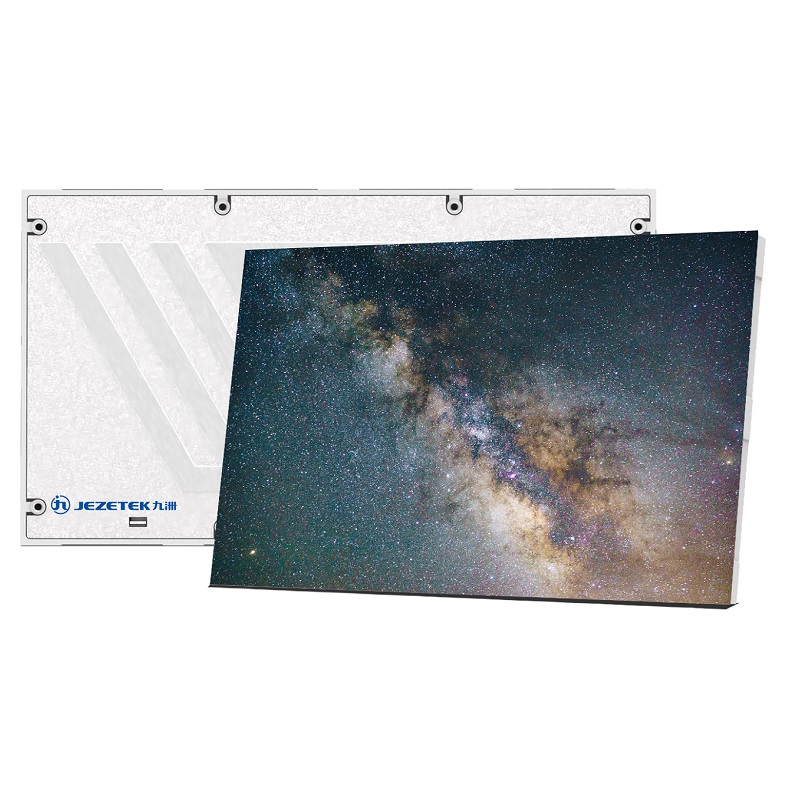What are the applications of small pitch LED display screen in TV studios?
Small pitch LED display screens have emerged as indispensable tools in the arsenal of TV studios, revolutionizing the way content is presented and broadcasted. In this blog post, we’ll delve into the various applications of indoor HD LED small pitch display within TV studios, highlighting their versatility, performance, and impact on production quality.

Introduction to Small Pitch LED Display Screens
Small pitch LED display screens are characterized by their high resolution, seamless image quality, and compact pixel pitch, making them ideal for indoor applications where clarity and detail are paramount. These displays utilize advanced LED technology to deliver vibrant visuals with exceptional brightness and contrast, ensuring optimal viewing experiences in various lighting conditions.
Enhancing Set Design and Visual Presentation
In TV studios, small pitch LED display screen is instrumental in enhancing set design and visual presentation. These displays serve as dynamic backdrops, allowing producers to create immersive environments, display lifelike scenery, or incorporate virtual elements seamlessly into live broadcasts. With their high-definition resolution and uniform brightness, small pitch LED displays bring scenes to life with stunning clarity and realism.
Facilitating Interactive Broadcasts and Presentations
HD indoor LED small pitch display enable TV studios to facilitate interactive broadcasts and presentations with greater engagement and interactivity. These displays can be integrated with touch-sensitive technology, allowing presenters to interact with content in real-time, annotate visuals, or engage with audiences more effectively. Whether hosting talk shows, news segments, or educational programs, small pitch LED displays empower broadcasters to captivate viewers and enhance viewer participation.
Optimizing Control Room Monitoring and Visualization
Behind the scenes, small pitch LED display screens play a crucial role in optimizing control room monitoring and visualization. These displays serve as primary monitors for directors, producers, and technical operators, providing real-time feedback, monitoring multiple camera feeds, and coordinating live broadcasts with precision. With their high refresh rates and low latency, small pitch LED displays ensure seamless communication and decision-making in the fast-paced environment of TV production.
In conclusion, small pitch LED display screens have become indispensable assets in TV studios, offering versatile applications that enhance set design, facilitate interactive broadcasts, and optimize control room monitoring. With their high-definition resolution, seamless image quality, and compact form factor, these displays elevate production quality, captivate audiences, and empower broadcasters to deliver compelling content with unparalleled clarity and impact. As technology continues to evolve, small pitch LED display screens will undoubtedly play an increasingly pivotal role in shaping the future of television broadcasting.